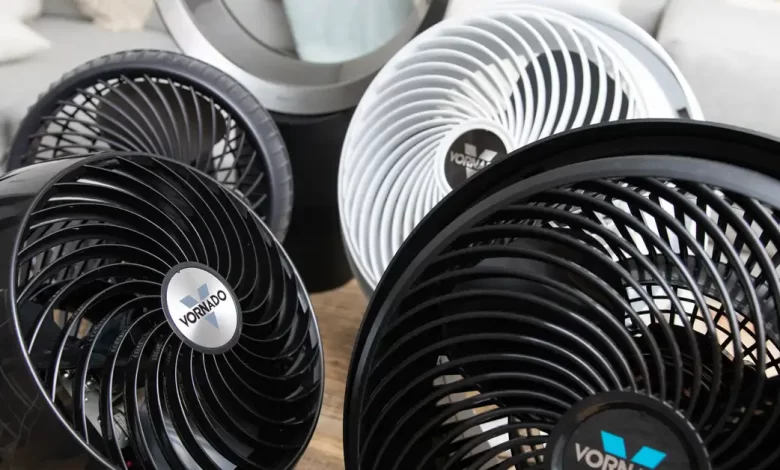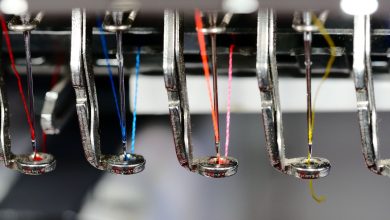
Choosing the right industrial fan is a major decision, and the wrong size can cause problems with the fan, or even shorten the life of the fan. This is why it is important to get a proper size and make sure it is properly installed. In addition, it is also important to check for vibration, as this can cause the fan to wear out more quickly. Having a proper maintenance service is also important to make sure the fan stays in good condition.
Commercial exhaust fan installation costs
Whether you’re installing a ceiling fan, exhaust fan, or range hood, the cost of your job can depend on a variety of factors. Getting a price estimate can help you decide which option is best for your needs.
The size of your room, the type of fan you’re purchasing, and the ducting needed can affect the total cost of the project. If your fan doesn’t come with ducting, you’ll need to hire an electrician to install it. You can expect to pay between $200 and $500 for an industrial fan installation.
The installation cost of a ceiling fan is generally lower than that of an attic fan, but they both do the same job. A basic ceiling fan costs $30 to $100. A high-end model may have lights, variable speeds, and other features.
An attic fan is usually $200 to $120, though the installation can be higher if the fan requires new wiring. You can also install a new ventilation duct system in your attic, which can add to the cost.
Bathroom fans cost around $20 to $400. These fans pull excess moisture out of the air. They provide proper ventilation and prevent damage to the bathroom from mold and mildew. They can also help to keep the mirrors from fogging.
Kitchen fans typically cost between $450 and $900. A high-end model will have humidity sensors and motion sensors. These models are more durable and offer extended warranties.
Common locations to mount an industrial fan
Using an industrial fan is a useful way to replace stale or polluted air. It also reduces the potential for illness. They can be used for a variety of purposes from cooling down a large commercial building to providing fresh air in a livestock barn.
There are many types of industrial fans, including duct, pressure, volume, and freestanding fans. Some of the more common locations for mounting these fans include on a wall, ceiling, or floor. They can also be mounted on vibration isolators.
The most important part of an industrial fan is the impeller. This is a crucial component because it helps to dissipate heat. It may also be explosion proof.
Other common parts of an industrial fan are the motor, the bearings, the windings, the enclosure, and the aforementioned impeller. A motor can be a direct drive or an indirect drive connected to an impeller.
A well-constructed industrial fan can operate for longer periods of time to produce the same amount of air. The motor on a spinning fan has significant mass and can retain heat for long periods of time.
The best industrial fans are made from durable materials that are able to withstand the rigors of their environment. Metals used for their construction include stainless steel, titanium, and monel. The material selection also depends on the application. For instance, the cement industry requires fans with the capability to handle high temperatures and corrosion.
Proper sizing is a must
Choosing the right size fan is not for the faint of heart. To help you choose the right size for your new home, there are several resources available that will guide you through the selection process. A good start is with a free quote. A free quote can be obtained from your favorite contractor. To make the most of your home improvement budget, be sure to read the manufacturer’s warranty and the specifications manual. A reputable contractor will gladly answer your questions and help you find the right size fan for your home. To ensure a good fit, be sure to measure your ceiling height and joists. A ceiling height of 7 feet will likely suffice, while a ceiling height of 10 or 12 feet will likely be too low. To get a better idea of how tall your ceiling is, ask your contractor for a free quote. Getting a free quote will ensure a top quality product.
Up-to-Code operation, diagnostics, and maintenance are essential in maintaining a long operational fan life
Creating and maintaining a long-lasting operational fan requires a combination of up-code operation, diagnostics and maintenance. This means a bit of planning and knowledge.
A system designed to process 100 requests per second is compared to a system designed to handle two gigabytes of requests. It’s not hard to see why the former would be more expensive to maintain.
Keeping track of a few key metrics will help the team keep tabs on a wide range of issues. The MTTF (mean time to failure) metric is a good start. This metric is particularly useful in estimating the life span of non-repairable components.
This is also the optimal time to introduce redundant components. These can take the place of a broken component and will help keep a machine in operation for years to come.
The best way to do this is to have a plan in place to keep up with your system’s growing needs. Some aspects of operations can be automated, but other processes require human intervention. A CMMS (computerized maintenance management system) solution can make this task easier.
Besides, a CMMS solution allows technicians to get quick access to the maintenance history they need. This can speed up the troubleshooting and repair process. Having an up-to-date asset log can also aid in troubleshooting and maintenance.
In short, having a CMMS solution on hand will not only save you money on maintenance, but also allow you to monitor the health of your equipment.
Testing for fan vibration can shorten fan life
Performing a fan vibration test is a simple way to detect issues before they cause serious damage. It can also help determine whether your unit is operating at its maximum capability. It can also reveal the underlying causes of the issue.
The biggest reason for fan failures is high frequency fatigue. This is caused by repetitive load cycling on a structural member. The best way to avoid this is to decrease the amount of vibratory stress in the design.
The finite element method is used to predict the magnitude of steady and vibratory forces on a fan blade. The fan’s main motions, such as inlet and outlet flow, can be modeled with the method to improve performance.
A tri-axial accelerometer is used to measure vibrations per direction. This allows the effects to be modeled on the component level rather than the entire system. Ultimately, this results in a more accurate and more cost-effective measurement of fan performance.
The best fan blades are designed to minimize fatigue. This can be achieved by employing a Campbell diagram or by implementing the proper materials choice. In addition, the best fans have a natural frequency above the running speed. This entails adding or removing mass from the fan shaft to balance the overall system.
The best way to perform a fan vibration test is to place the fan on a stable and supported installation. A trained vibration analyst can help determine the health of your unit and provide an appropriate diagnosis.
Preventative maintenance service
Keeping fans in good working order is important to reduce risks associated with electrical and mechanical failures. These problems could lead to shock, fires and disconnection from the power supply.
Fans are used in industrial facilities to diffuse heat and airflow. They also serve as adjuncts to air conditioning systems. A good preventative maintenance service for industrial fans should include an annual checkup.
When installing a fan, proper procedures must be followed. The installation process must involve a thorough inspection of the interior of the fan. This should also include checking the inlet and outlet guards.
If a fan is not functioning properly, it should be immediately turned off. The cause of the problem should be investigated. A qualified technician will identify potential problems and make repairs.
If you’ve just installed a new fan, it should be checked for motor input current, bearing temperatures and the direction of rotation. If you’re unsure of the operation of the fan, it’s best to have an experienced fan erection mechanic do the job.
During the initial start-up of the fan, you may have unlocked the set screws. This can cause the fan to vibrate. If this occurs, you should tighten the set screws and secure the impeller.
Regular preventative maintenance is the only way to ensure that your fans will remain in good condition. In addition to inspecting and cleaning the blades, you should examine the bearings.





